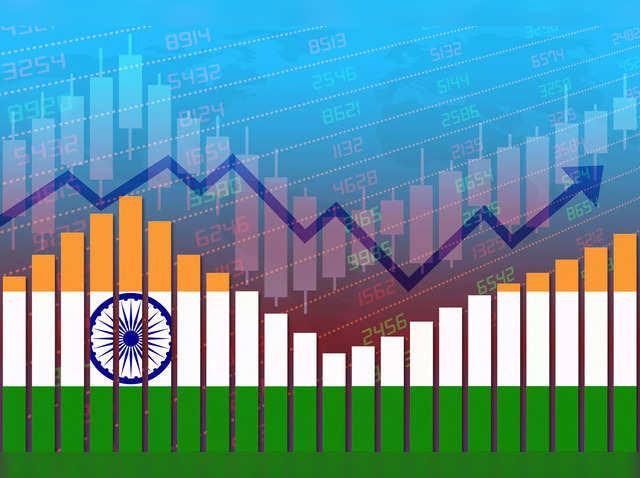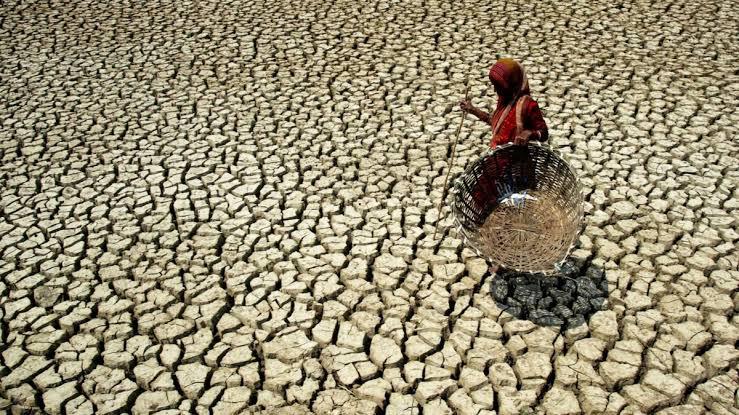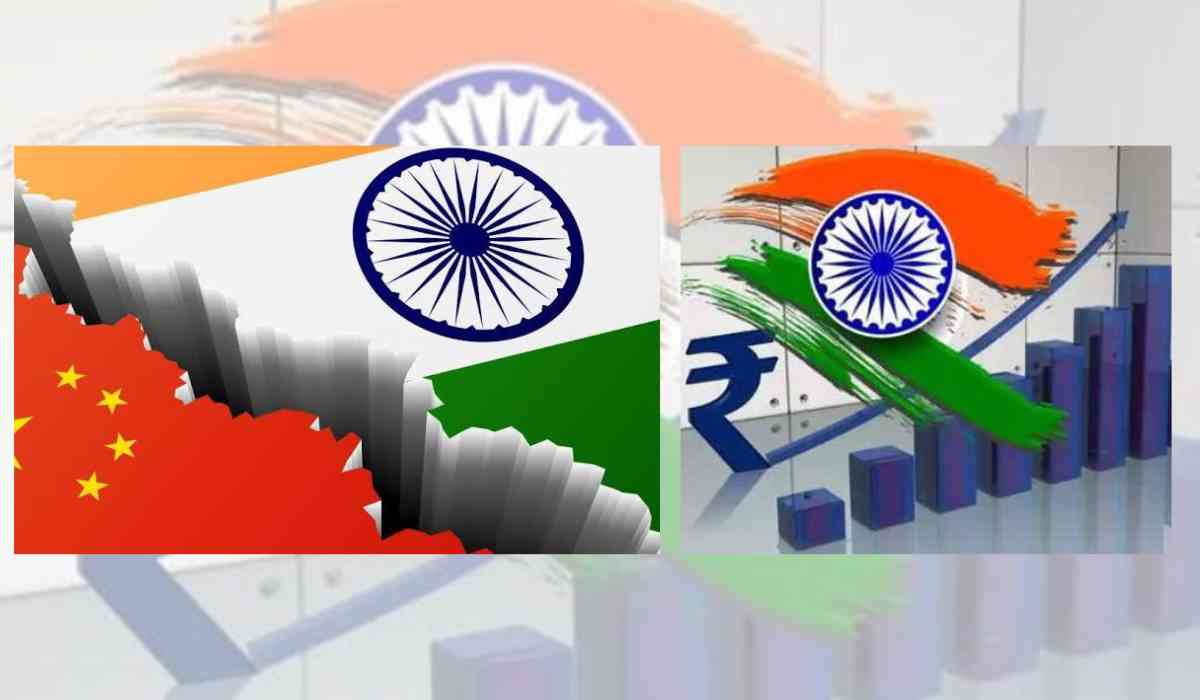The UN World Economic Situation and Prospects (WESP) 2024 report, released recently, highlighted that in 2023, investment resilience was higher in developing economies compared to developed ones. Specifically, investment in South Asia, notably in India, maintained strength throughout 2023.
India demonstrated strong investment performance, propelled by government infrastructure initiatives and multinational investments. Meanwhile, China faces challenges in its investment climate due to difficulties in the property sector, as per the UN report.
The report outlined, “Investment prospects in China face headwinds from a struggling property sector, though government-led infrastructure investments are partially offsetting the shortfall in private investments. In contrast, India registered strong investment performance in 2023, driven by government infrastructure projects and multinational investments.”
It added, “Among the developing regions, Africa, Western Asia and Latin America and the Caribbean continue to struggle with high borrowing costs and other challenges that hinder investment growth.
Factors contributing to India’s Strong Performance
According to the survey, international corporations are paying more attention to India since they see it as a vital alternative manufacturing hub when it comes to diversifying supply chains in developed nations.
India became the third-largest host nation for declared greenfield projects and the second-largest destination for international project finance deals in 2022 after FDI flows increased by 10% to USD 49 billion.

According to the report, another factor contributing to fixed capital formation in India is the surge in government spending on infrastructure projects, such as roads, railways, and renewable energy, which can crowd out private-sector investments.
Data from the Reserve Bank of India shows that between April and September 2023, government capital expenditure in India grew by 43.1% annually.
China and India's Crude oil Imports from Russian Federation increased amid Russia-Ukraine war
The research went on to say that short-term trade flows are being impacted by geopolitical crises including sanctions on Russia amid Russia-Ukraine war; slower global demand and unresolved trade concerns between the biggest trading partners.
Crude oil exports from the Russian Federation, for example, have shifted from the European Union to China and India, which together accounted for close to 75 percent of the country’s crude oil exports in the first quarter of 2023,” it said, citing data.
Russia's economy is "feeling the negative effects of declining export revenues and sanctions more and more." The country has had to give significant discounts on the sale of crude to important clients like China and India, even though it has largely avoided the USD 60 per barrel oil price cap imposed by the Group of Seven countries (by using a fleet of tankers not covered by traditional Western insurers), according to the report.
Persistent Challenges faced by South Asia
He added that the tight financial situation and fiscal and foreign policy imbalances will continue to affect South Asian growth in the near term.
In addition, Geopolitical tensions including the ongoing war in Ukraine and conflict in West Asia – put oil-importing countries in the region, including India, at risk of sudden spikes in oil prices.
In addition, since the region is very sensitive to extreme weather conditions, the resumption of the climate phenomenon El Nino also presents a serious threat to the economic perspective.
“Warmer-than-average temperatures are likely to increase demand for electricity and may also strain local hydropower resources with less rain, which could lead to electricity regulation that limits industrial activity, as some South Asian countries have already experienced in recent years.
Climate change will also continue to affect the South Asian region in 2023. The drought intensified significantly in July and August, affecting most of India, Nepal and Bangladesh, while Pakistan experienced above average rainfall.

In India, August was one of the driest months in four decades, affecting the production of major staple crops in the worst-affected regions. According to it, El Nino is expected to affect rainfall in many Asian countries, causing extreme droughts or floods, thus affecting agricultural production. These shocks are expected to be disproportionately strong in countries with the largest share of agriculture in GDP.
Agricultural crops facing significant challenges could trigger a rise in food prices, escalating the strain on regional food security. Particularly in nations already contending with substantial food security issues, this could impede the attainment of Sustainable Development Goals.
©️ Copyright 2023. All Rights Reserved Powered by Vygr Media

























